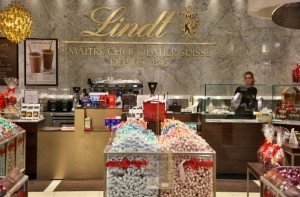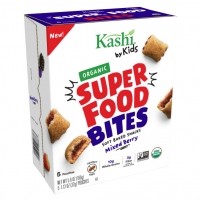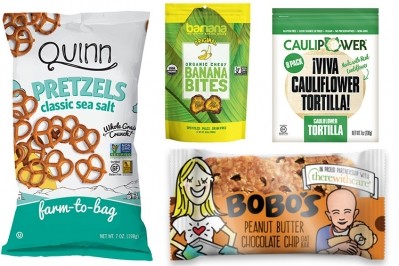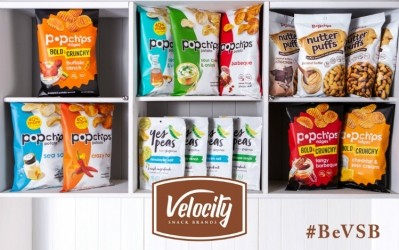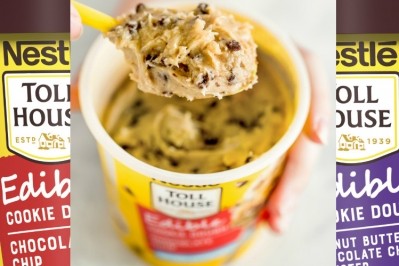Path to premiumization: snack sector should take a leaf from chocolate’s know-how
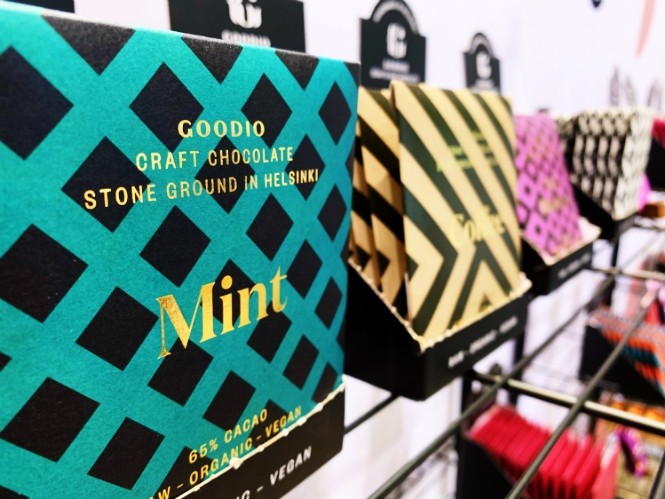
Godiva or Lindt chocolate, for instance, have achieved premium status in the consumer mindset. Nestle’s KitKat, on the other hand, is in the process of premiumization – through the buildup of its new ruby chocolate variant in Asia or the dedicated Chocolatory retail store in Japan.
Koerten defines premiumization as “a characteristic, trait or feature of a product that elevates consumer perception, creating a willingness to pay more.”
Speaking at the annual Sweets and Snacks Expo in Chicago, sponsored by the National Confectioners Association, he emphasized that the concept is not simply about raising prices or slimming pack sizes while keeping the original SRP.
“What’s really interesting is when brands can move up this continuum,” he said, a process that ‘won’t happen next quarter’ but takes time and investment. Such care has propelled the snack segment more than 30% in the past decade, according to Euromonitor data, with savory snacks, snack bars and fruit snacks leading the charge.
The premiumization of these sub-categories has led retail value to a CAGR nearly double that of its respective volume. For example, the volume of savory snacks jumped 3% from 2013 to 2018, but the value rose 5.5%. Snack bars and sweet biscuits saw similar growth, while fruit snacks received the greatest value return – three times its retail volume.
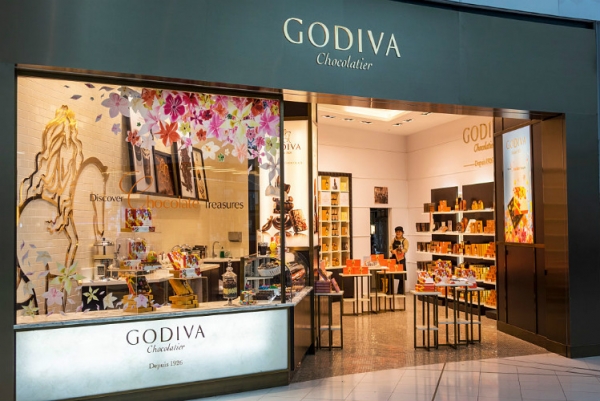
The path to premiumization
Koerten said ingredients, packaging and channel were the three pillars of premiumization.
Firstly, producers should drill into the origin of their ingredients to share the stories of terroir or ethical sourcing, if applicable.
“We’re seeing a lot of ethically sourced, locally sourced, organically-sourced ingredients – people who don’t want GMOs or pesticides. How those ingredients are pulled together is really important. Diverse flavors [and] unique textures are really important,” he said.
To achieve premium status, however, products should feature some sort of ‘better-for-you’ call-out, which can include a functional ingredient, a free-from list or other clean-label focus.
“Create a premium story,” said Koerten, noting that snacks bars have done this incredibly well: Every bar Euromonitor tracked in 2018 featured an ‘ethical label of health and wellness.’
About half of fruit snacks and savory snacks made such claims, compared to about 35% of sweet biscuits, ice cream and chocolate or confectionery products.
Secondly, Koerten said packaging design and function are integral to consumer perception of a premium product, noting Lindt’s ‘golden’ box of assorted chocolates or heart-shaped Valentine’s Day SKU.
“Chocolate dominates the premium market today,” he said, due largely to variety and style of packaging as well as retail channel, Koerten’s third tenet of premiumization.
He highlighted the sales difference between buying a bag of M&M’s at a drugstore (an average of $6 per pound in the US) versus at the M&M’s store ($16 per pound).
In addition to standard retail, snacks can learn from chocolate’s specialty channel concepts, where boutiques, travel retail, department stores and pop-up shops can push a product up the premiumization ladder, he said.
'I want an experience'
Each subcategory of the snack sector holds room for improvement, according to Koerten.
While fruit snacks and ice cream have succeeded in improving packaging, they have struggled to call-out higher quality ingredients or find new retail outlets. Snack bars, on the other hand, have mastered the ingredient game but not channel. Savory snacks and sweet biscuits could also enhance their placement in new or more premium channels, according to Euromonitor data.
Why do these details matter? Consumers, said Koerten, are now saying, “If I’m going to commit the calories and the money, I want an experience,” referring to the 60% of those under age 45 who are willing to pay more for that feature.
He noted candied basil seeds in South Korea and salted mints in Malaysia as examples of functional innovation in candy – adding this kind of progress has largely stalled – and the rise of unfamiliar textures, such as fruit crisps.
Snack bars, meanwhile, have found paths to new demographics by messaging directly to kids, while savory snacks in markets like China have discovered an entirely new path-to-market. They start with ecommerce and move to the burgeoning S-commerce sphere of WeChat, eventually opening their own branded, experiential stores with correlating merchandise.
Where to?
Koerten said the rise of both the ‘green’ shopper and ‘sensorial snacking’ has thrown the industry into uncharted territory – where Instagram drives product visuals and textures mash up into previously unknown combinations.
Nevertheless, clean label claims continue to rule the ethical sphere.
Euromonitor data shows snacks with such call-outs exceeded $80bn in sales in 2018, compared to $70bn with labels such as halal or kosher. Sales of snacks with environmental claims hovered around $30bn, animal welfare at $20bn and charitable actions at under $5bn.
Savory snacks, especially, can benefit from “looking at white spaces more strategically,” said Koerten, or, in other words – find a void and fill it.
